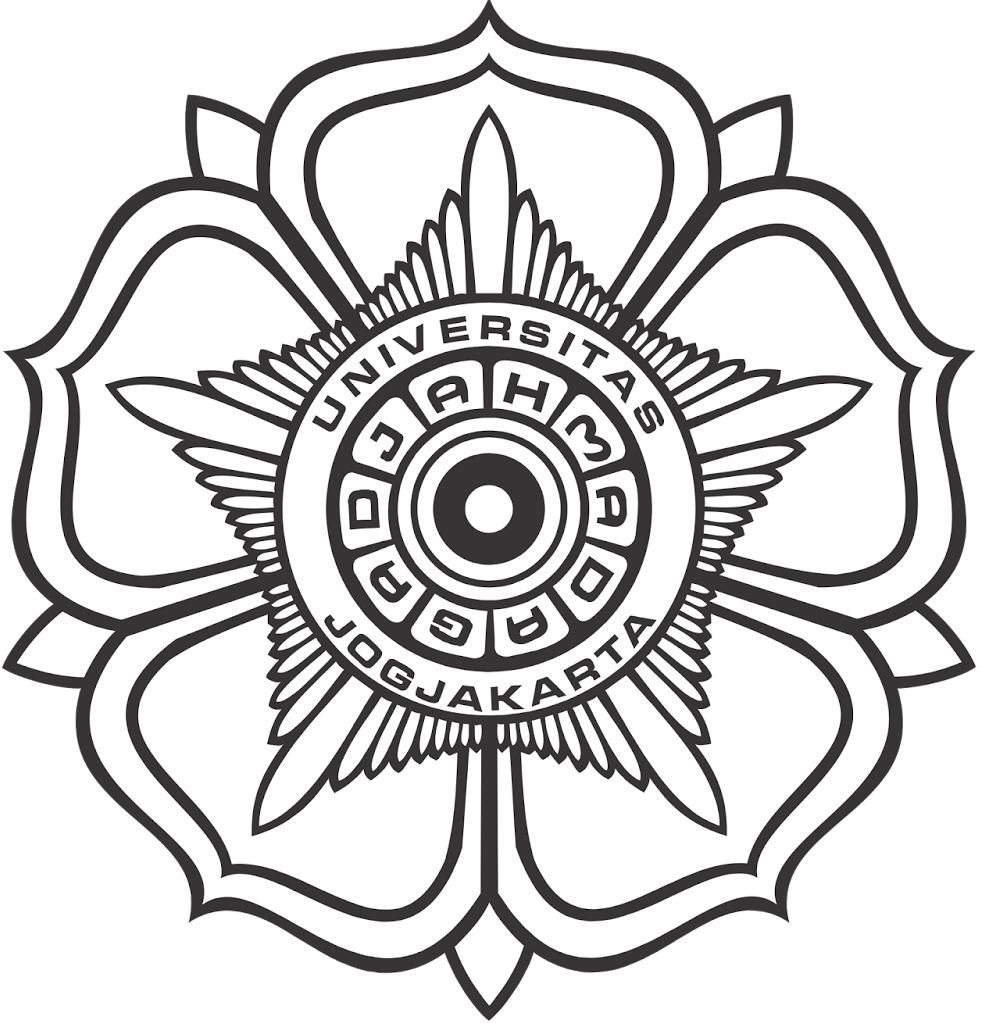Antibacterial Compound from Aspergillus elegans SweF9 an Endophytic Fungus from Macroalgae Euchema sp.
Abstract
Keywords
Full Text:
PDFReferences
Barilli E, Cimmino A, Masi M, Evidente M, Rubialesa D, and Evidente A. 2016. Inhibition of early developpment stages of rust fungi by the two fungal metabolites cyclopaldicacid and epi-epoformin. Pest Manag Sci.: 1-9
Cala A, Masi M, Cimmino A, Molinillo JMG. Marcias FA, Evidente A. 2018. (+)-epi-epoformin, a phytotoxic fungal cyclohexenepoxide: structure activity relationships. Molecules. 23: 1-12.
Choma IM and Grzelak EM. 2015. TLC-Direct Bioautography as a High Throughput Method for Detection of Antimicrobials in Plants. Chromatography. 2: 225-238.
Elisha IL, Botha FS, McGaw LJ, Eloff JN. 2017. The antibacterial activity of extracts of nine plant species with good activity against Escherichia coli against five other bacteria and cytotoxicity of extracts. BMC Complement Altern Med. 17 (133): 1-10.
Jesionek W, Alberti A, Ott GP, Kocsis B, Horváth G, Choma IM. 2015. TLC-Direct Bioautography as a Bioassay Guided Method for Investigation of Antibacterial Compounds in Hypericum perforatum L. Journal of AOAC International. 98 (4): 1013-1020.
Kalyanasundaram I, Nagamuthu J, Muthukumaraswamy S. 2015. Antimicrobial activity of endophtic fungi isolated and identified from salt marsh in Vellar Estuary. Academic Journals.7: 13-20.
Nagasawa H, Suzuki A, Tamura S. 1978. Isolation and structure of (+)-des-oxyepiepoxydon and (+)-epi-epoxydon, phytotoxic fungal metabolites. Agric. Biol. Chem. 42: 1303–1304.
Rateb ME and Ebel R. 2011. Secondary metabolites of fungi from marine habitats. Nat. Prod. Rep. 28: 290–344.
Santos IP, Silva LCN, Silva MV, Araújo JM, Cavalcanti MS and Lima VLM. 2015. Antibacterial activity endophytic fungi from leaves of Indigofera suffruticosa Miller (Fabaceae). Front. Microbiol. 6:350.
Sarasan M, Puthumana J, Neema Job N, Han J, Lee JS, and Philip R. 2017. Marine Algicolous Endophytic Fungi - A Promising Drug Resource of the Era. J. Microbiol. Biotechnol. 27(6), 1039–1052.
Thomas TR, Kavlekar DP, LokaBharathi PA. 2010. Marine drugs from sponge–microbe association—A review. Mar. Drugs. 8: 1417–1468.
Yoice S and Desak SGA. 2015. Preliminary of Antibacterial Activity from Indonesia Marine-Derived Endophytic Fungi. Adv Environ Biol. 9(9): 143-149.
Zainuddin N, Alias SA, Lee CW, Ebel R, Othman NA, Mukhtar MR, Awang K. 2010. Antimicrobial activities of marine fungi from Malaysia. Botanica Marina 53: 507–513
DOI: http://dx.doi.org/10.14499/indonesianjpharm30iss3pp217
Refbacks
- There are currently no refbacks.
Copyright (c) 2019 Indonesian Journal of Pharmacy

This work is licensed under a Creative Commons Attribution-ShareAlike 4.0 International License.
Indonesian J Pharm indexed by:







































